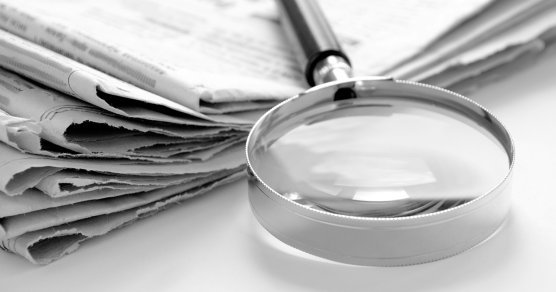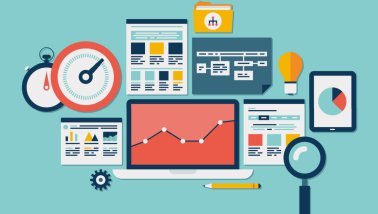Understanding what is happening around you is the first fundamental step to long-term success.
Media monitoring helps you to stay up-to-date with the latest trends without using up too much of your resources. We collected 6 reasons why you should get started with media monitoring.
1. Build a strong brand
A strong brand identity is a valuable asset in today's information-packed society filled with brands competing for attention. Media monitoring helps you to see what people think about your brand. Are they aware that your brand exists? Do they understand what your brand is about? Media monitoring enables you to spot any misconceptions so you can take action to correct them.
Media monitoring will also help you notice any pitfalls in your communications. Check that your brand's tone of voice is consistent when publishing blog articles or social media posts. This way you have the strongest chance of connecting with your target customers.
2. Manage your reputation and respond to crisis situations
With a media monitoring service, you can closely follow what is written about your company and what the tone of the discussion is. Speed is of the essence, especially in social media where discussions – both positive and negative – arise quickly.
The monitoring tool will notify you as soon as your brand is mentioned in journalistic or social media. Enjoy the positive comments, respond to questions and concerns, and react to customer churn. A prompt response to any feedback shows customers that you care about their experience and turn possible negative perceptions around. You can even set up app notifications for certain words that would indicate a crisis.
3. Elevate your brand with key opinion leaders
Key Opinion Leaders (KOLs) are thought leaders whose opinions are valued in a specific industry. Cooperation with the right influencer can skyrocket your brand awareness, strengthen customer relationships and boost your sales.
Media monitoring helps you to follow the experts, bloggers, “gurus” and advocacies in your business and find the best fit for your brand.
4. Know your industry and competitors
Media monitoring is a simple way to find out about the latest developments in your industry: recognize future trends and predict possible spikes in demand for your products and services. When you see what’s coming, you can plan your strategy in advance and take action immediately when it’s timely.
Media monitoring also lets you discover who your competitors are. Benchmarking what other organizations in your industry are doing is useful in your own brand work. Learn from the companies or organizations you follow how they use communications to increase awareness about them.
- What can your organization learn from them and how to utilize what they have learned?
- How do your partners appear in the media and could you benefit from their publicity?
- Gather data about your main competitors so you can set your own goals for visibility
Follow what the competition is doing and analyze their actions. This way you can avoid repeating the mistakes your competitors are doing, but also develop the areas in which your competitors do better.
5. Measure the effectiveness of your communications
Media monitoring is a great strategic tool to measure and improve the effectiveness of your communications. You can closely follow how much media attention your actions receive. Do you reach your target audiences? Do you get the reaction you intended? Media monitoring data works as a reliable source for decision-making.
The best thing about a monitoring tool is convenience. It does all the (boring) manual tasks on your behalf. It collects and analyzes the data for you, stacks all the hits, and sends the report directly to your email at chosen times. Media monitoring saves your precious time and lets you focus on developing your strategy and planning future actions.
The reports and analytics also help convince the company management. With the data, you can show that your PR has been profitable and you have achieved concrete results.
6. Find ideas for new content
As any marketing and comms pro knows, it’s important to create fresh content constantly. Yet, we tend to find ourselves in the same spot time and time again: "I have no idea what to write about."
Media monitoring helps you stay inspired. Set up a monitor of your industry to see what topics are trending on a general level. If you already have a topic in your mind, try following related keywords. This way you will find new creative ideas and angles for your content. You can also use your opponents’ ideas as a source of inspiration or as a warning for what doesn’t work.
Data is your best friend when brainstorming content ideas. Find out more about how to master the art of data-driven PR.
Feeling that you need a hand with getting started? Our team of experts is ready to help you find the ideal media monitoring and communications solution for your business. Request a callback and we will contact you!



